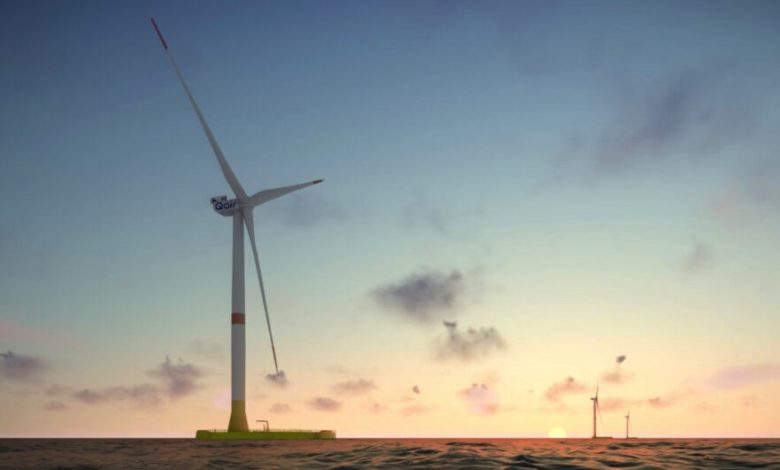US Department of Energy to accelerate floating offshore wind deployment

The US Department of Energy (DOE) on Wednesday announced new investments in floating offshore wind development to advance offshore wind transmission planning, research and technology, and partnerships.
With two-thirds of America’s offshore wind resource located in deep-water areas that require floating platforms, advances are urgently required to develop a robust domestic supply chain, reduce technology costs, and plan and build out needed transmission. The new investments support the goals of the Biden Administration to reduce the cost of floating offshore wind energy by more than 70% by 2035 and deploy 15 gigawatts of floating offshore wind by 2035.
With funds available through the US Inflation Reduction Act, DOE is launching a West Coast offshore wind transmission study, a 20-month analysis examining how the country can expand transmission to harness power from floating offshore wind for West Coast communities. The study will use its findings to develop practical plans through 2050 to address transmission constraints that currently limit offshore wind development along the nation’s West Coast. It is also expected to evaluate multiple pathways to reaching offshore wind goals while supporting grid reliability, resilience and ocean co-use.
DOE announced three more research investments and collaborations.
First, the National Offshore Wind Research and Development Consortium (NOWRDC), a research consortium funded by DOE and others, announced that California is becoming the seventh state, and first state on the West Coast, to join the Consortium. Pending final approval, California and the Consortium will collaborate to fund R&D projects that respond to critical, near-term offshore wind development priorities.
Second, DOE and its Sandia National Laboratories and National Renewable Energy Laboratory (NREL) announced the development of an industry-informed roadmap for new operations and maintenance technologies and processes to enhance the cost-effectiveness, efficiency and reliability at offshore wind sites.
Finally, DOE’s Pacific Northwest National Laboratory and the Bureau of Ocean Energy Management have deployed a floating scientific research buoy located approximately 15 miles east of Oahu, Hawaii to collect offshore wind resource, meteorological and oceanographic data.
